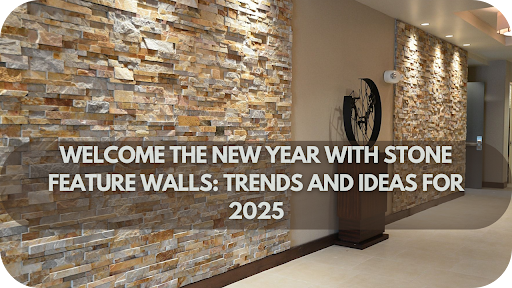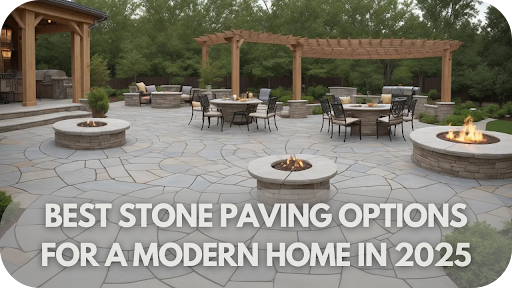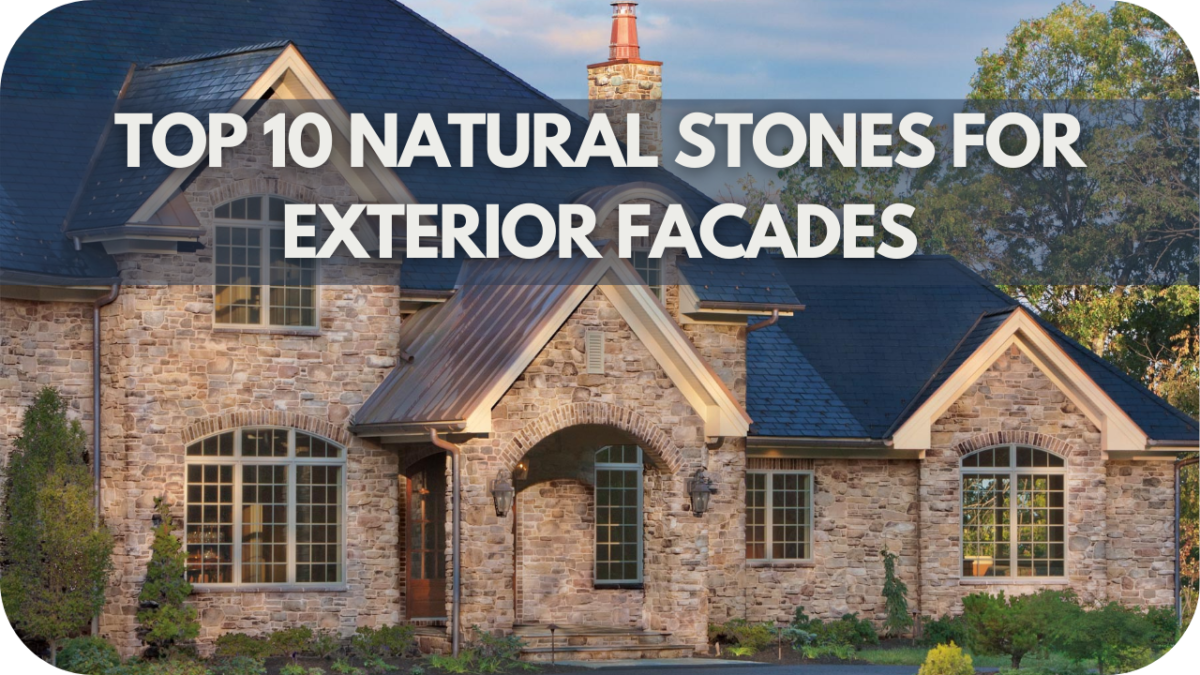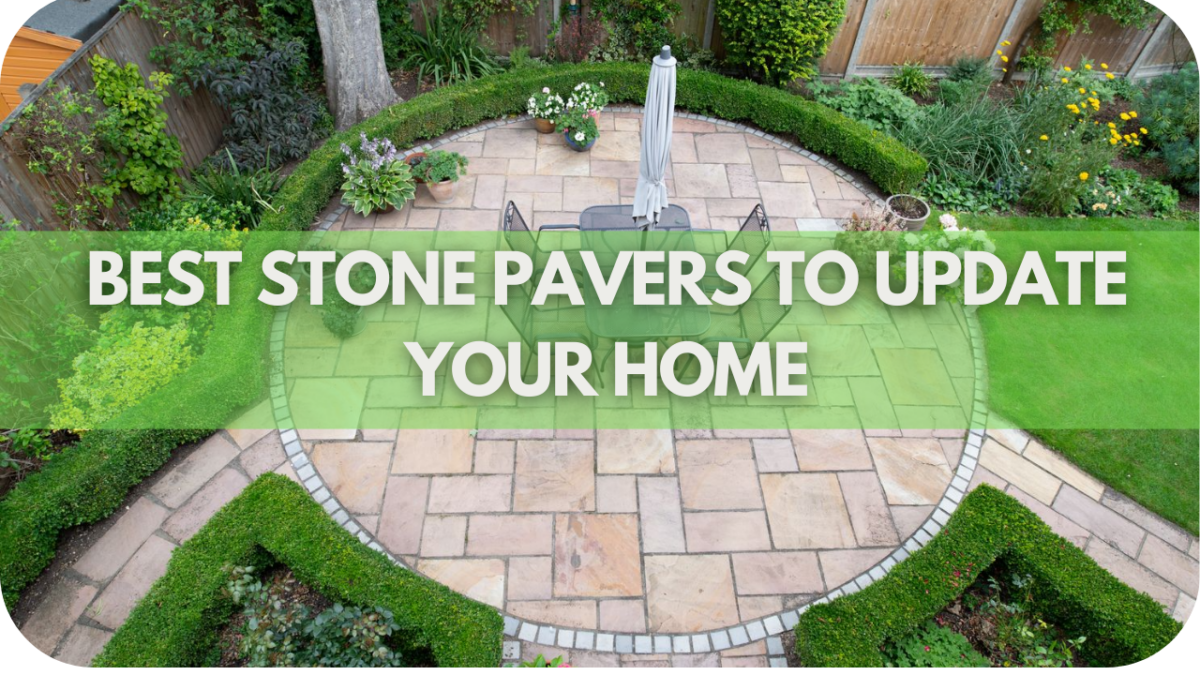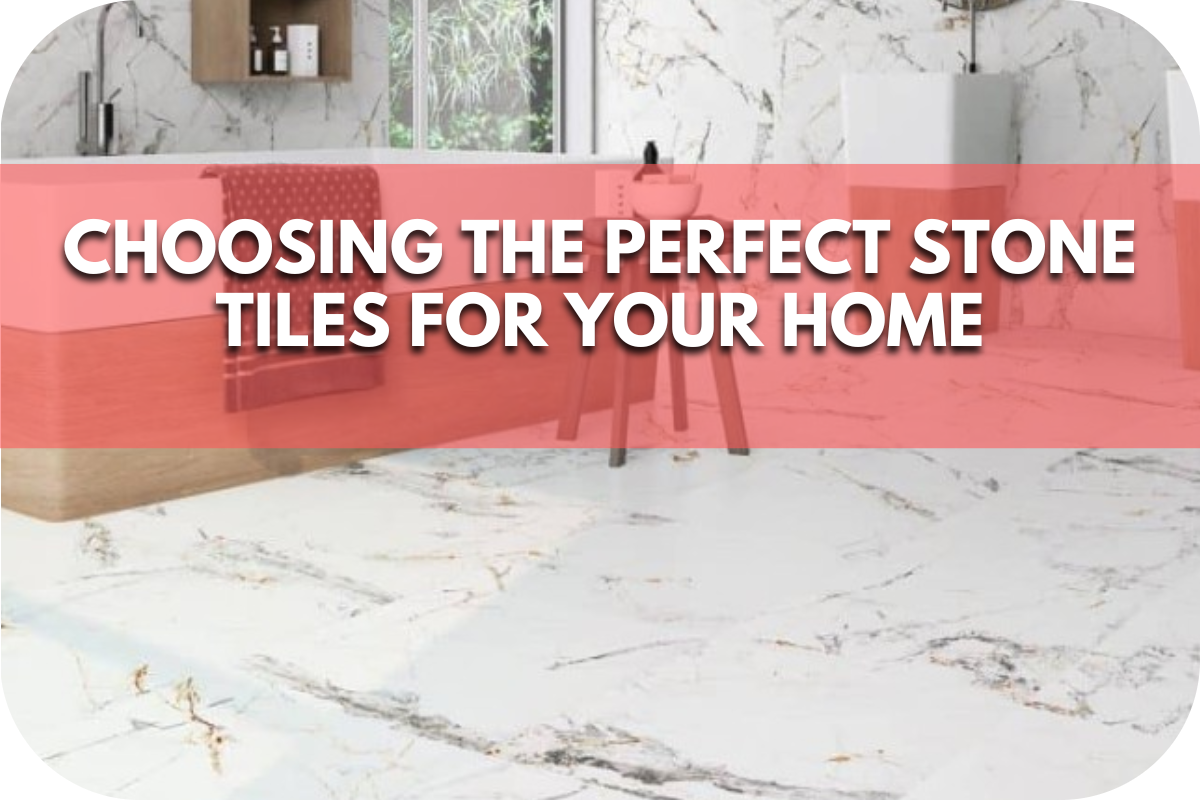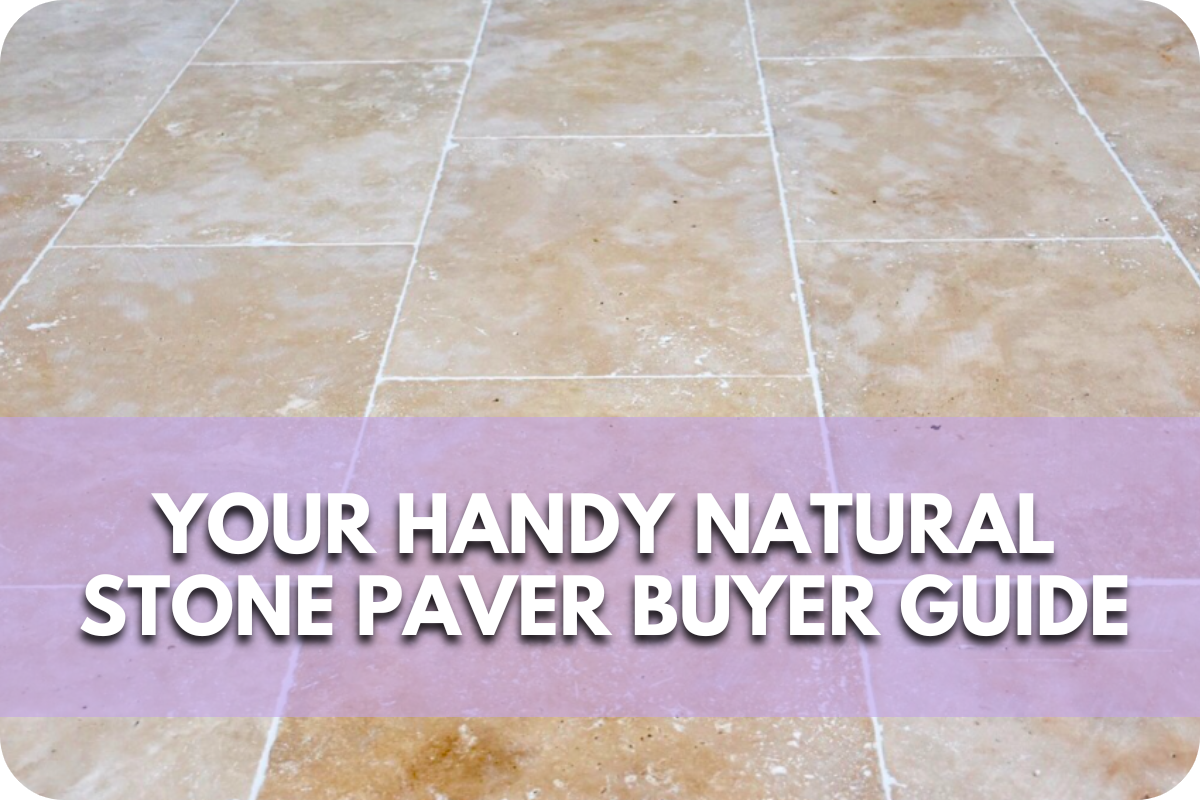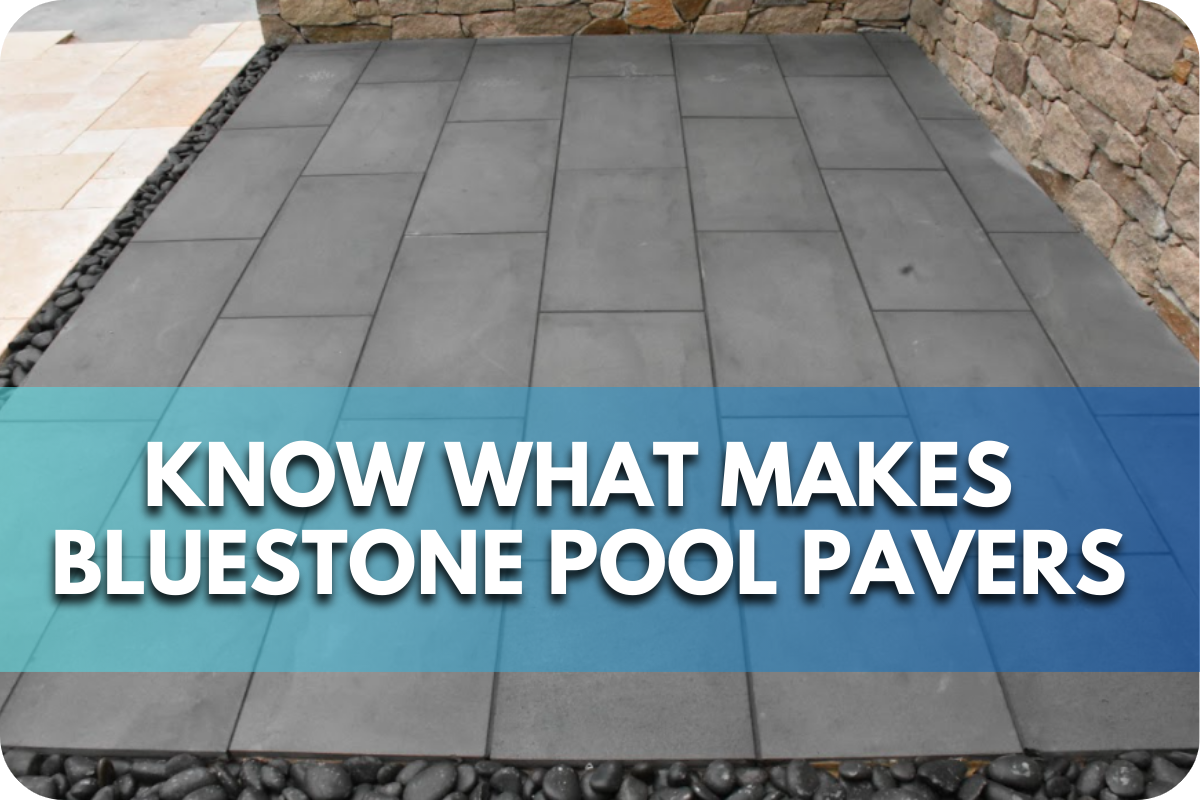New Year’s Eve Party Ready: How to Upgrade Your Patio with Stone
With New Year’s Eve approaching, now is the perfect time to get your patio party-ready. Upgrading your outdoor space with stone can bring both style and functionality to your celebration.
From choosing the right stone to creating zones for entertaining, I’ll guide you through every step of the transformation. Whether you’re looking to add elegance with marble or durability with granite, these upgrades will make your patio the perfect backdrop for your event.
Ready to get started? Let’s dive into how stone can elevate your space.
1. Assess Your Current Patio Layout
Assessing your current layout is crucial before upgrading your patio with stone. This will give you a clear picture of what works and what doesn’t, helping you make informed design decisions. Start by measuring the available space, noting any irregularities like slopes or awkward corners that could impact your choice of stone.
Consider foot traffic and functionality—will your patio be used for dining, lounging, or both? Identifying these zones ensures you select stone materials that match your needs. Also, note existing features such as garden beds, furniture, and lighting fixtures and assess how they fit into your desired upgrade.
This evaluation will also reveal any necessary repairs or adjustments, such as levelling or expanding areas to accommodate new stone designs.
2. Select the Best Stone for Your Patio
Choosing the ideal stone for your patio is essential for both style and function. Each type of stone offers unique characteristics that can enhance your outdoor space, providing beauty and durability tailored to your needs.
Granite is one of the best choices for patios due to its unmatched durability and strength. Granite stone can easily handle heavy foot traffic, and its natural variations in colour add a bold and sophisticated touch to your patio. With minimal maintenance required, granite is a practical and stylish option for long-term use.
Quartzite stone offers a luxurious combination of beauty and durability. It is highly resistant to weathering, scratching, and everyday wear, making it perfect for patios that require aesthetic appeal and long-term performance with little upkeep.
Bluestone is ideal for modern patios, offering a sleek, contemporary look. Durable Bluestone is durable and weather-resistant, though regular sealing is recommended to maintain its smooth finish over time.
Travertine stone’s rustic appearance adds warmth and charm to any patio. It stays cool underfoot, making it an excellent option for warm climates. However, being more porous, it requires sealing to protect against stains.
Limestone provides a soft, elegant look and is best suited for low-traffic areas. While beautiful, Limestone requires more maintenance and may not be as durable as other stone options, particularly in harsh weather conditions.
3. Plan the Layout and Design
Once you’ve selected the stone, it’s time to plan your patio’s layout and design. Start by considering the overall flow of the space—how people will move through it and how different zones will interact. For instance, if you’re hosting a New Year’s Eve party, designate seating, dining, and socialising areas to create a functional and inviting atmosphere.
Think about the size and shape of the stone you’ve chosen. Larger stones can create a clean, modern look, while smaller, irregular shapes might suit a more rustic or natural design.
Position your stone patterns to guide the eye and complement the surrounding landscape. For example, laying stones in a diagonal pattern can make a small space appear larger, while a more uniform grid pattern provides a formal, structured feel.
Lastly, ensure your design accommodates existing features like plants, trees, or outdoor furniture, allowing them to integrate seamlessly into the new stone layout.
4. Install Stone Features to Enhance Party Atmosphere
Stone features can instantly elevate the atmosphere of your New Year’s Eve party, transforming your patio into a stunning backdrop for celebration.
Start by installing a fire pit, a natural focal point inviting guests to gather as the evening unfolds. Why not consider adding a stone water feature? The soothing sound of water enhances the ambience, providing a relaxing contrast to the lively party.
Stone seating walls are both practical and stylish, offering a place for guests to relax without cluttering the space with extra furniture.
Perhaps you’d like to include a built-in stone bar, perfect for serving drinks while seamlessly blending with the surroundings. Stone planters also bring a touch of greenery to your patio while maintaining a polished look.
5. Incorporate Lighting to Highlight Your Stonework
Lighting can transform your stone patio from ordinary to extraordinary, especially for a New Year’s Eve party.
Strategically placed lights will illuminate the space and showcase the beauty of your stonework. Why let your stunning stone features fade into the night? Uplighting can emphasise stone walls or a fire pit, casting dramatic shadows and creating a warm, inviting glow.
For pathways, consider installing recessed lights to guide guests while highlighting the texture of your stone paving. String lights draped over seating areas add a festive touch, creating a cosy atmosphere.
Want to add sophistication? Integrate LED lights into steps or stone seating areas for subtle yet effective lighting. Layering your lighting will enhance the mood and highlight your stone patio’s best features.
6. Prepare for Comfort: Heating and Seating
Creating a comfortable patio space for your New Year’s Eve party means ensuring warmth and relaxation. Start by incorporating outdoor heating solutions like fire pits, heaters, or heat lamps. Fireplace stones keep your guests warm and add ambience to your outdoor area. Make sure your heating sources are positioned to distribute warmth evenly across seating areas.
For seating, consider weather-resistant furniture that offers both style and durability. Cushioned chairs and loungers with water-resistant fabrics are ideal for comfort, especially for more extended gatherings. If space allows, add benches or modular seating to accommodate larger groups. Don’t forget to include soft throws and blankets, especially if the evening will be chilly.
7. Decorate with Stone Elements for the Party
Incorporate decorative stone elements to enhance the atmosphere of your New Year’s Eve party. Start with stone planters or sculptures that complement your patio’s existing stonework, adding an elegant, cohesive feel.
Natural stone centrepieces on outdoor tables can also provide a sophisticated touch, anchoring your décor with a timeless look.
For a dramatic effect, use stone lanterns or candleholders to create a warm, inviting glow as the evening progresses. Stone paving slabs can be used as decorative pathways, guiding guests to crucial areas like seating or the bar.
To tie the look together, incorporate natural stone textures through minor details like coasters, serving trays, or even stone-themed table runners.
8. Add Stone Pathways or Edging for Visual Appeal
Add stone pathways or edging to your patio for an immediate upgrade in visual appeal. Stone pathways guide guests through your outdoor space, creating a natural flow while enhancing the overall aesthetic.
Choose materials that complement your existing patio, such as flagstone or gravel, to create a seamless look.
Edging around garden beds or patio borders can also add structure and define spaces, preventing soil or mulch from spilling.
Additionally, stone edging helps with the longevity of your patio by preventing erosion and keeping the integrity of the design intact.
9. Upgrade Outdoor Furniture to Match Your Stone Patio
Upgrade your outdoor furniture to complement your stone patio and create a cohesive, stylish look. Choose furniture made from durable materials like teak, aluminium, or wrought iron, which harmonise well with stone surfaces.
Opt for neutral colours such as grey, beige, or natural wood tones to blend seamlessly with the stone’s natural texture. Consider adding comfortable cushions in bold yet complementary colours to create a striking contrast while maintaining elegance.
Ensure the furniture is weather-resistant to withstand the elements, keeping your outdoor space looking great year-round.
Maintenance Tips for Your Stone Patio
Maintaining your stone patio can be time-consuming. With a few essential steps, you can keep it in excellent condition all year round:
- Regular Sweeping: Sweep your patio regularly to remove dirt, leaves, and debris, preventing staining and moss growth.
- Pressure Washing: Use a pressure washer on a low setting to clean the surface and remove grime and algae. Avoid high pressure, as it could damage the stone or joints.
- Sealing: Apply a high-quality stone sealer every 1-2 years. This protects the stone from stains and weather damage and makes cleaning easier.
- Inspect for Cracks: Check for cracks or loose stones and repair them promptly. Small cracks can be filled with stone filler, while larger ones may require stone replacement.
- Joint Maintenance: Refill the joints between stones with fresh sand or grout to prevent weed growth and maintain stability.
- Control Weeds: Use a weed killer or pull weeds by hand to prevent them from growing between the stones, which can damage the joints.
- Clear Standing Water: Ensure water does not pool on the surface after rain. Standing water can cause erosion and staining.
- Avoid Harsh Chemicals: When cleaning, avoid harsh chemicals that can damage the stone or its finish. Opt for pH-balanced cleaners instead.
- Protect from Heavy Furniture: Place pads under heavy furniture or equipment to prevent scratches and dents on the stone surface.
- Monitor Drainage: Ensure proper drainage around your patio to avoid water damage or erosion, particularly after heavy rainfall.
Conclusion
Upgrading your patio with stone can elevate your New Year’s Eve celebration, creating a stylish and inviting space for guests.
Splendour In Stone is a reliable supplier, offering a range of window treatments and stone features that complement your outdoor space perfectly. With their expertise, you can transform your patio into the ultimate setting for an unforgettable celebration.
Start planning today!


